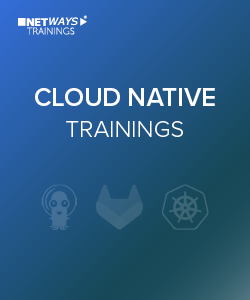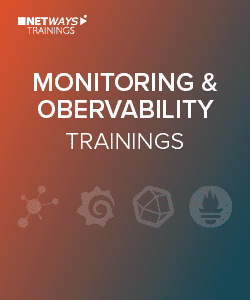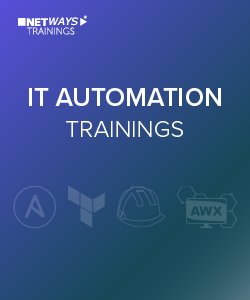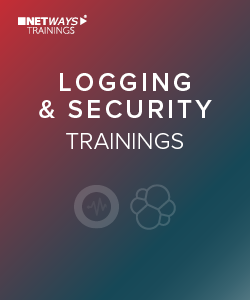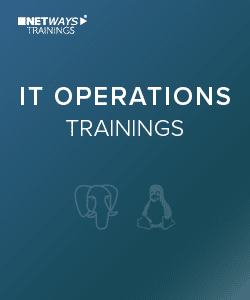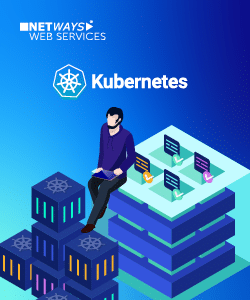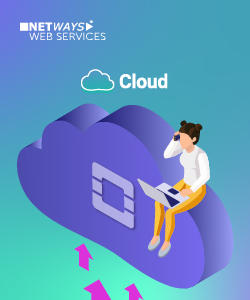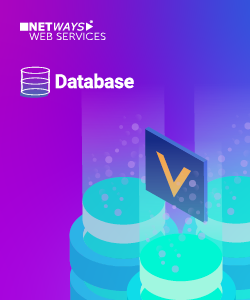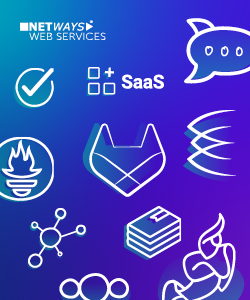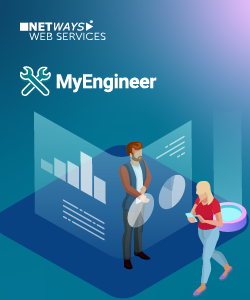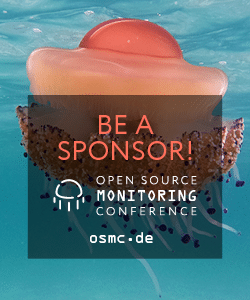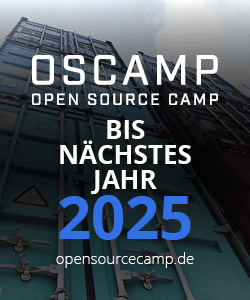Meet the first batch of Open Source Monitoring Conference 2024 speakers! Get ready for an inspiring conference with the brightest minds in open-source monitoring.
Meet the Experts
Coming from different backgrounds, our speakers are distinguished leaders and innovators in open-source monitoring, ready to share their vast experience. Here are a few of the speakers you’ll see at OSMC:
Highlights of Our Speakers Line-up
Soumaya Erradi | Cypress, Playwright or Selenium: choosing the right testing tool
 Christopher Cooney | Observability is Too Expensive!
Christopher Cooney | Observability is Too Expensive!
Dave McAllister | The Subtle Art of Lying with Statistics
 Vanessa Martini | Is Building an Observability Platform with Open Source the Right Choice?
Vanessa Martini | Is Building an Observability Platform with Open Source the Right Choice?
And this is just the beginning! We have many more esteemed speakers whose profiles and presentations you can now explore on our website.
Join Us
Whatever your level of experience with open source monitoring, the OSMC is a great place to learn, share and be part of a supportive community.
Register now on the OSMC website to grab your conference ticket and secure your workshop spot. Stay up to date with all the latest information by following us on social media!
We can’t wait to see you there! OSMC 2024 | November 19 – 21, 2024 | Nuremberg, Germany




 Vanessa Martini |
Vanessa Martini |  This workshop, held by Markus Opolka, focuses on OpenTelemetry, a vendor-neutral open-source observability framework for instrumenting, generating, collecting, and exporting telemetry data such as traces, metrics, and logs. Since its inception, it has rapidly gained adoption by industry leaders in the observability space.
This workshop, held by Markus Opolka, focuses on OpenTelemetry, a vendor-neutral open-source observability framework for instrumenting, generating, collecting, and exporting telemetry data such as traces, metrics, and logs. Since its inception, it has rapidly gained adoption by industry leaders in the observability space. Learn from Nicolas Schneider how to extend Icinga Web 2 and its modules. You’ll become familiar with the basic structure of a module and understand common pitfalls. From there, the workshop will focus on your specific needs. What’s missing in your monitoring environment? Do you need to implement missing CLI actions? Would you like to provide user documentation within Icinga Web 2? Are you missing a previously removed feature? Let’s optimize monitoring together and deliver the specific features your environment requires.
Learn from Nicolas Schneider how to extend Icinga Web 2 and its modules. You’ll become familiar with the basic structure of a module and understand common pitfalls. From there, the workshop will focus on your specific needs. What’s missing in your monitoring environment? Do you need to implement missing CLI actions? Would you like to provide user documentation within Icinga Web 2? Are you missing a previously removed feature? Let’s optimize monitoring together and deliver the specific features your environment requires.



 In this
In this  Feu Mourek will cover Git fundamentals, including working directory, staging area, repository, and advanced branching strategies. You’ll learn to write effective commit messages, handle remotes, and resolve merge conflicts. They’ll also explore GitLab’s Web IDE, issue boards, and graphs to manage your workflow, track progress, and handle releases smoothly. You’ll master CI/CD by creating pipelines, using templates, and incorporating variables for flexible workflows.
Feu Mourek will cover Git fundamentals, including working directory, staging area, repository, and advanced branching strategies. You’ll learn to write effective commit messages, handle remotes, and resolve merge conflicts. They’ll also explore GitLab’s Web IDE, issue boards, and graphs to manage your workflow, track progress, and handle releases smoothly. You’ll master CI/CD by creating pipelines, using templates, and incorporating variables for flexible workflows.